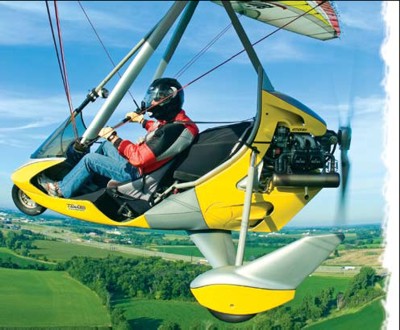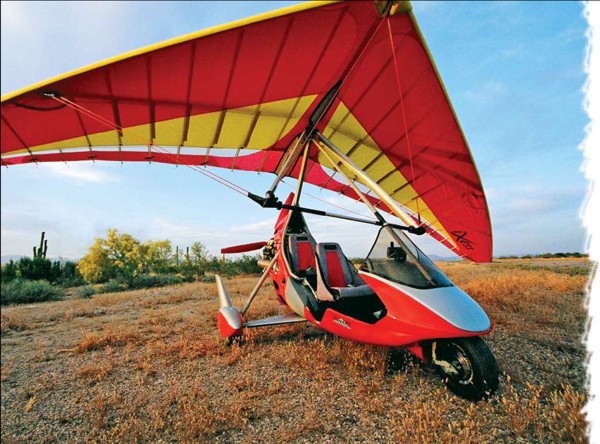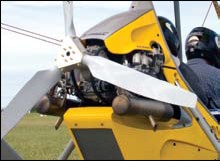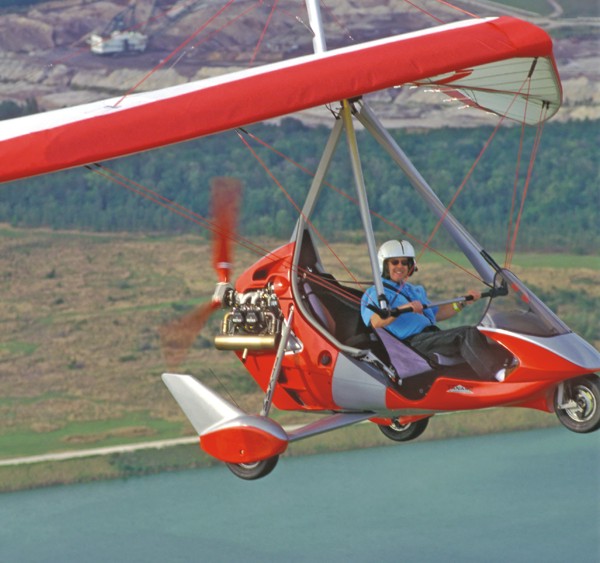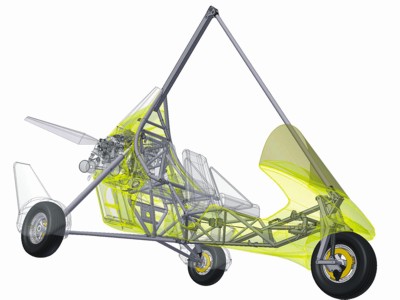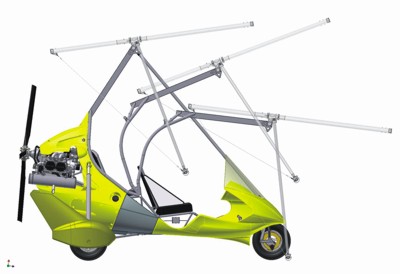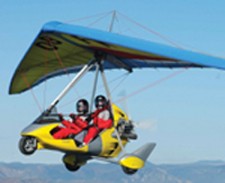
Air Creation’s New Tanarg represents a leap forward in chassis design for the big French trike maker. In an upcoming article in Kitplanes magazine (5/05 issue), I’ll review this all-new machine. As you can see, it uses technologies and design not so different from a Honda Goldwing motorcycle. The pilot and passenger sit lower, making the machine more stable on the ground, and the steel chassis structure folds down like no Air Creation trike before it. As U.S. representative, John Kemmeries says, “It’s a spendy bird,” but he sold out of the first batch before anyone even saw it…quite a start.




